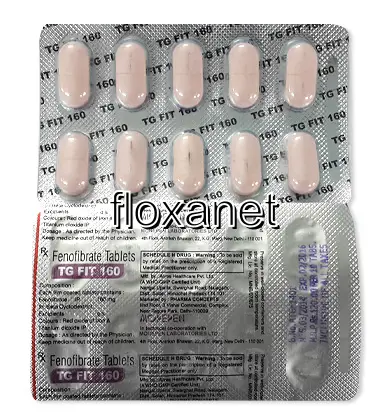| Package | Dosage | Price | Price per Dose | |
|---|---|---|---|---|
| Dosage: 160mg | ||||
| 360 pill | 160mg | $639.85 | $1.78 | |
| 180 pill | 160mg | $331.72 | $1.85 | |
| 120 pill | 160mg | $226.23 | $1.89 | |
| 90 pill | 160mg | $179.04 | $1.98 | |
| 60 pill | 160mg | $124.91 | $2.08 | |
| 30 pill | 160mg | $66.61 | $2.22 | |
| Dosage: 200mg | ||||
| 360 pill | 200mg | $874.43 | $2.43 | |
| 180 pill | 200mg | $455.25 | $2.53 | |
| 120 pill | 200mg | $309.51 | $2.58 | |
| 90 pill | 200mg | $244.27 | $2.71 | |
| 60 pill | 200mg | $170.71 | $2.85 | |
| 30 pill | 200mg | $91.59 | $3.04 | |

Fenofibrate Description
Overview of Fenofibrate
Fenofibrate is a medication commonly prescribed to help manage cholesterol levels, particularly in cases of hyperlipidemia or elevated triglycerides. It belongs to a class of drugs known as fibrates, which work by activating certain receptors in the body to regulate lipid metabolism. The primary goal of this medication is to reduce the risk of cardiovascular disease by improving the lipid profile.
How Fenofibrate Works
Fenofibrate works by activating peroxisome proliferator-activated receptors (PPARs), specifically PPAR-alpha. This activation enhances the breakdown of fatty acids in the liver and muscle tissue. As a result, triglyceride levels decrease significantly. Additionally, fenofibrate can increase HDL cholesterol, often referred to as "good" cholesterol, and lower LDL cholesterol, or "bad" cholesterol. This balancing effect on lipids helps prevent the formation of arterial plaque, reducing the risk of heart attack and stroke.
Advantages of Using Fenofibrate
Many patients benefit from fenofibrate, especially those who have high triglycerides that are resistant to dietary changes alone. It is effective in lowering triglyceride levels by up to 50-60% in some cases. Its ability to raise HDL cholesterol can further contribute to cardiovascular protection. The medication is generally well-tolerated when used under proper medical supervision and can be an important part of a comprehensive treatment plan that includes lifestyle modifications such as diet and exercise.
Possible Side Effects and Considerations
While fenofibrate is beneficial, it may cause side effects in some individuals. Common mild side effects include stomach pain, nausea, and diarrhea. More serious but rare side effects can involve muscular pain or weakness, which may indicate muscle damage, especially when combined with other medications like statins. Liver function should also be monitored periodically, as fenofibrate can impact liver enzyme levels. Patients with kidney issues or gallstones need to consult their healthcare provider before starting treatment, as fenofibrate can exacerbate existing conditions.
Usage and Dosage
The typical prescribed dosage varies depending on the patient’s condition and response. It is usually taken once daily with a meal to improve absorption and reduce gastrointestinal discomfort. Consistent use as directed by a healthcare professional is essential for achieving optimal results. Patients should not adjust the dosage without medical guidance and should report any unusual symptoms promptly.
Summary
Fenofibrate is a valuable medication for managing abnormal lipid levels. It effectively lowers triglycerides and can improve overall cholesterol profile when used appropriately. As with any medication, careful monitoring and adherence to medical advice are critical to minimize risks. When combined with lifestyle changes, fenofibrate can significantly contribute to cardiovascular health and overall well-being.
